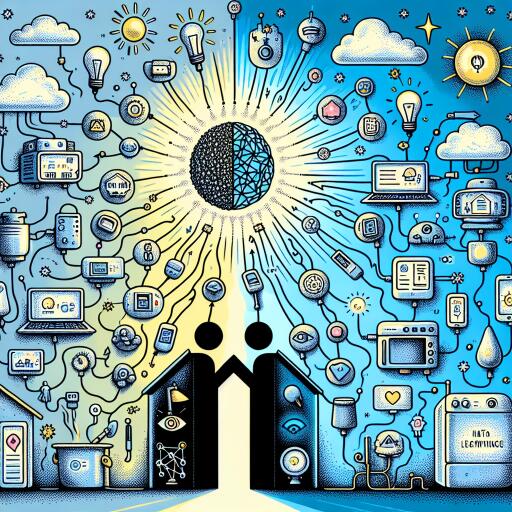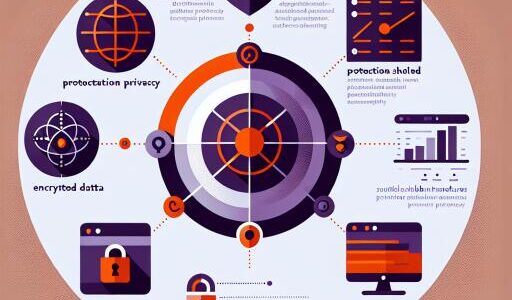The Marriage of Minds: Machine Learning and IoT – Applications and Challenges
The fusion of the Internet of Things (IoT) and machine learning (ML) is revolutionizing our digital landscape, crafting an era where intelligence embeds itself into the very fabric of our lives. With IoT devices ranging from advanced wearable fitness trackers to smart home thermostats, we’re surrounded by technologies that capture and communicate data continuously. The real magic begins when machine learning steps in, turning data into insights and predictions, bridging the gap between mere data collection and actionable intelligence. This convergence is not only promising but also poses its own set of significant challenges.
Transformative Applications Across Industries
Imagine a world where machines foresee their maintenance needs, cities fluidly manage traffic to eliminate congestion, and personal health monitoring becomes more intuitive and preventative. This is not the realm of sci-fi but the practical possibilities brought to life by integrating ML with IoT:
- Predictive Maintenance: Industrial machinery equipped with sensors can now anticipate maintenance checks, drastically reducing downtime and operational costs. Analysis of sensor data through sophisticated ML algorithms can detect anomalies indicating a potential fault.
- Smart Cities: Urban landscapes evolve with traffic lights that dynamically adjust to real-time traffic conditions, thanks to ML’s ability to digest and interpret data from various traffic sensors and connected vehicles, ensuring smoother urban mobility.
- Personalized Healthcare: ML algorithms work behind the scenes of wearable technologies to analyze health data continuously. This capability allows for early detection of potential health issues and offers personalized health advice.
These examples only scratch the surface of how the symbiosis of ML and IoT is setting the stage for a smarter, more efficient future across diverse sectors.
Charting the Challenges
However, the journey towards this bright future is strewn with hurdles that need to be acknowledged and addressed:
- Data Overload: The sheer volume of data generated by IoT devices presents significant challenges in data management, necessitating advanced data science skills for effective storage, analysis, and interpretation.
- Security: With the burgeoning number of connected devices, the vulnerability to cyber-attacks increases. Implementing comprehensive security measures is imperative to protect sensitive information.
- Privacy: The extensive data collected also brings privacy to the forefront of ethical considerations. Establishing clear regulations and ethical guidelines is crucial to ensure respect for user privacy while leveraging IoT capabilities.
Educating the Future: The Role of Data Science Training
To surmount these obstacles, a workforce adept in navigating the intricacies of ML and IoT is essential. Data science training programs emerge as a beacon for those aspiring to sculpt the future of intelligent technology. Such programs lay the foundation for:
- Data Wrangling: Skills in cleaning, organizing, and preparing vast datasets for ML endeavors.
- Model Development: Mastery in crafting algorithms capable of deriving meaningful insights from complex data.
- Insight Communication: The ability to translate intricate data analyses into concrete, actionable intelligence for real-world application.
Taking the leap into data science education not only prepares individuals for the challenges and opportunities within the ML and IoT landscape but also paves the way for them to contribute to an intelligent, data-driven future.
As we forge ahead into this exhilarating nexus of machine learning and the Internet of Things, it becomes clear that the true power lies in our ability to harness and interpret the vast data landscape, meticulously addressing each challenge along the way. The marriage of ML and IoT is not just about technology—it’s about shaping a future that leverages the full spectrum of possibilities these tools offer, creating a world that is not only interconnected but smarter and more responsive to our needs.








